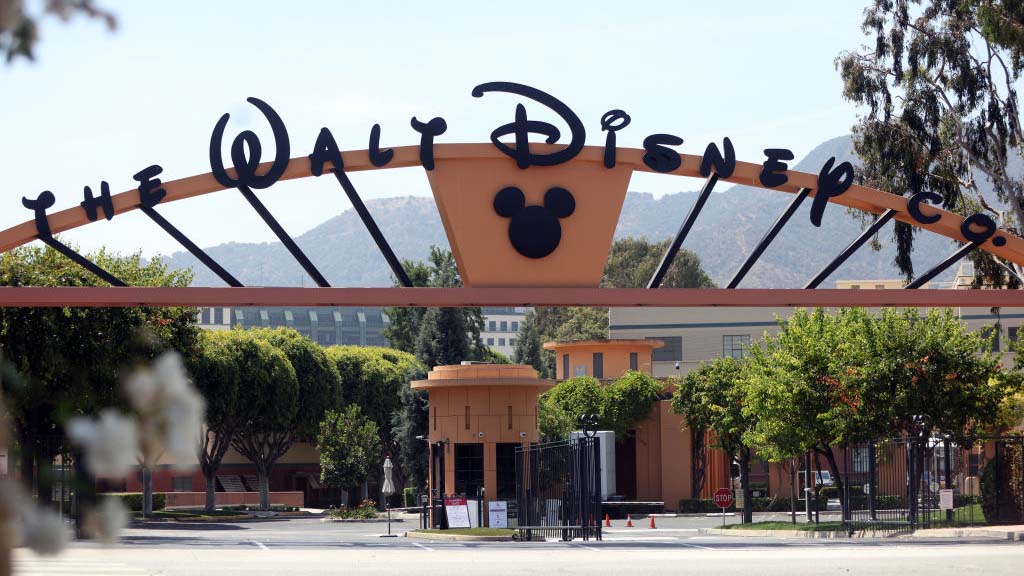
Now that The Walt Disney Co. CEO Bob Iger has won the proxy battle waged by Trian Fund Management's Nelson Peltz, what happens next?
Analysts said Disney can now proceed with its plans to fix the company, which had already been bearing fruit.
In recent months, Iger has focused more on the quality of the company’s movies, announced plans to make the ESPN networks available via streaming, cut costs and reduced head count — strategies that will continue with the Disney board in place.
Disney can declare victory and move forward, MoffettNathanson senior research analyst Michael Nathanson said.
“Despite the sell-off on news that Disney’s slate won the proxy vote, Disney shareholders can celebrate the fact that the company’s stock price has regained its momentum with 23% outperformance relative to the S&P 500 this year,” Nathanson said.
Disney stock closed at $118 a share on Wednesday, down 3%.
Matthew Dolgin, senior equity analyst at Morningstar, said the outcome of the proxy fight “wasn’t nearly as consequential as suggested by the publicity that the contest generated,” partly because Trian didn’t raise issues Disney and its shareholders weren’t aware of and its suggestions weren’t revolutionary.
“We’re maintaining our $115 fair value estimate [of Disney’s value per share] and believe the stock’s recent appreciation now reflects forthcoming improvement, which we expect will occur regardless of which side had won,” Dolgin said.
“The most important thing for Disney is that the battle is now behind it and it can return its focus to addressing the issues that need to improve,” he said.
Disney’s most notable need is to figure out how best to preserve pay TV revenue as viewership shifts to streaming services, Dolgin said.
“We strongly disagreed with Trian’s suggestion that Disney should explore deemphasizing the importance of non-sports linear networks — perhaps by finding a strategic partner — and we think Trian trivialized how the traditional media industry’s decline factored into Disney’s struggles,” he said.
“In our view, Disney and its peers need to enhance the value of the pay TV bundle by including streaming access — similar to what Disney did with Charter — rather than trying to position for a world without traditional pay-TV or linear networks,” Dolgin added.
Dolgin said he believes Disney is on track to improve margins and profits.
“We have no doubt that Disney, like all peers, made mistakes, but we don’t think this is indicative of an inability to right the ship,” he said.
Similarly, Nathanson said that with the proxy fight in the rearview mirror. “We believe the company has finally focused on fixing the key challenges that we were left behind by the prior CEO,” he said.
Those include restructuring management to give creative executives more control, revisiting an overexpansive Disney Plus strategy, addressing the company’s challenges in India and more aggressively managing costs as Disney’s linear networks decline.
“We think the market is finally reflecting optimism that CEO Iger along with CFO Hugh Johnston will drive upside to Disney’s long-term operating profitability,” Nathanson said. “This starts with Disney delivering upon or outperforming its fiscal year 2024 adjusted earnings per share guidance of least 20% growth and pacing ahead of its $8 billion FY 2024 free-cash-flow guidance.”







